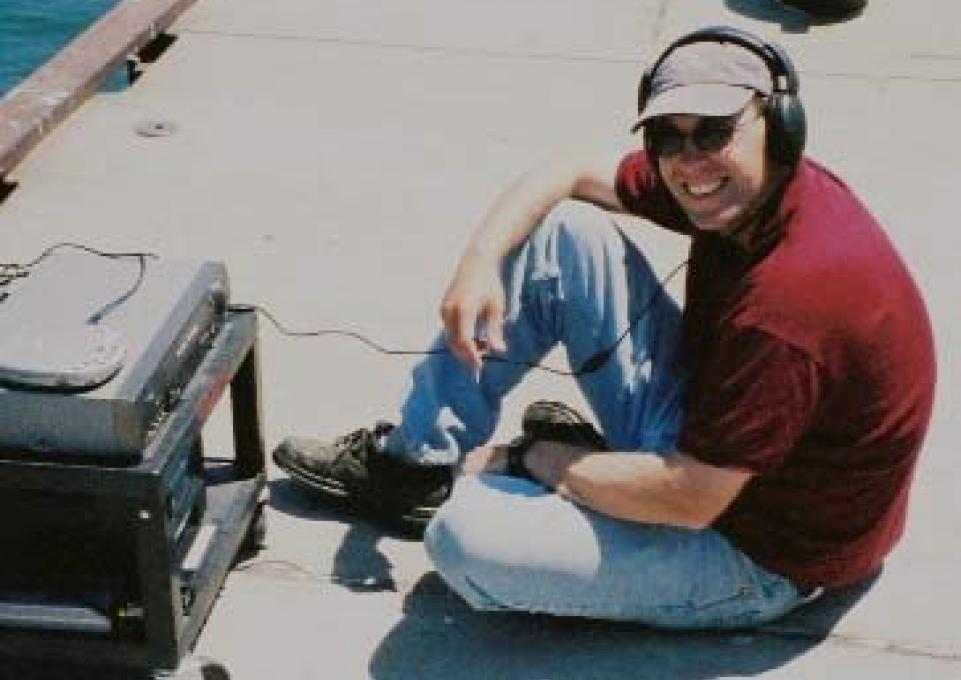
The Buffalo State Great Lakes Center will present its next seminar on Thursday, October 11, at 12:15 p.m. in Classroom Building B118. The speaker, Gregory M. Andraso, biology professor at Gannon University, will present "Predation by Round Goby (Neogobious melanostomus) on Dreissenid Mussels: Some Pieces of an Interesting Puzzle."
Field work conducted in 2007 in Presque Isle Bay, Lake Erie, revealed that dreissenid mussels composed 95 percent of food items consumed by round goby, and that 8–11 mm dreissenids were most important to three size classes of round goby.
Comparisons of maximum size of dreissenids recovered from round goby, maximum size of dreissenids able to fit into the mouths of round goby, and preference of round goby for different sizes of dreissenids indicate that round goby eat mussels near the size they are capable of fitting into their mouths, but generally prefer mussels that are considerably smaller.
Research conducted in the laboratory suggests that small round goby may prefer to consume dreissenids smaller than they are capable of consuming because they do not possess the pharyngeal dentition necessary to crush larger dreissenids. Larger round goby may prefer mussels smaller than they are capable of consuming because large mussels are not readily accessible, forces required to remove and crush mussels increase exponentially with mussel length, and wear of pharyngeal teeth may reduce crushing ability as round goby age.
Scientists are currently comparing pharyngeal dentition, diets, and availability of dreissenids among populations of round goby to determine if the pharyngeal apparatus is phenotypically plastic.
